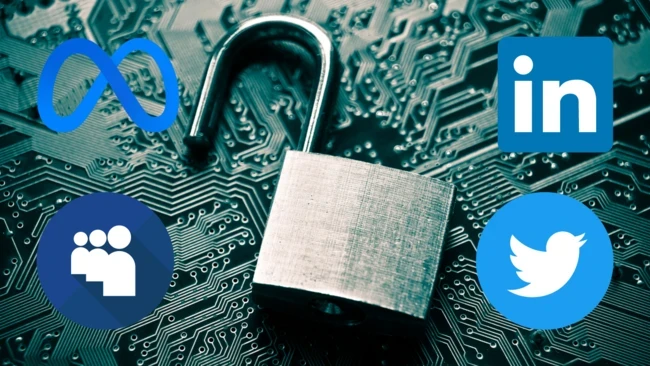In today’s data-driven world, data breaches can devastate an enterprise. When cybercriminals infiltrate the digital infrastructure of a business, they can release the confidential, private, or otherwise sensitive information of its customers, leaving its reputation in tatters.

From high-level corporations to governmental bodies, thousands of organisations fall victim to data breaches each year. More than 4,100 companies fell victim to breaches in 2022 alone, equating to 22 billion customer records being accessed and stolen by cybercriminals.
Read our Top 10 for the Biggest Data Breaches of 2023 (so far)
As we enter the new year, the cyber threat landscape continues to evolve and the risk of falling victim to a data breach is higher than ever before. For this reason, it is important enterprises have solid data protection measures in place to reduce the risk of breaches and prevent them before they happen. In order to establish such effective defence measures, however, business leaders must look to previous cases to understand how threat actors are able to infiltrate seemingly solid security systems.
In this list, we’ve compiled the top ten biggest data breaches of all time, exploring how each breach happened and its implications for the affected organisations.







Comments ( 0 )